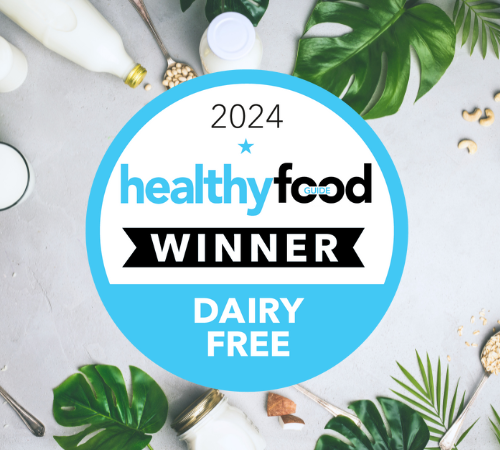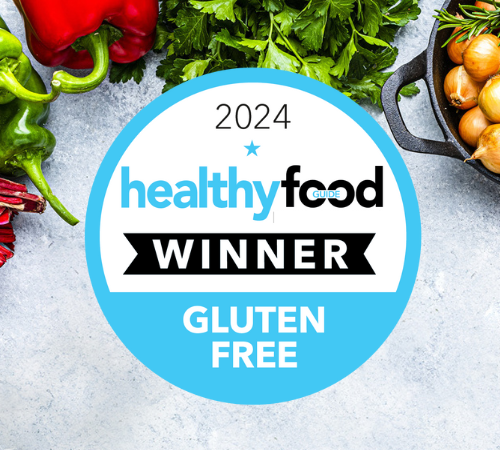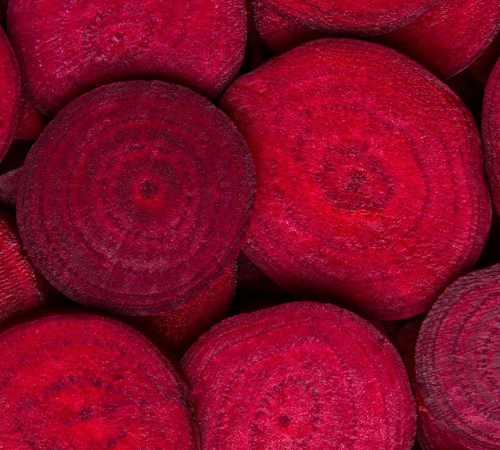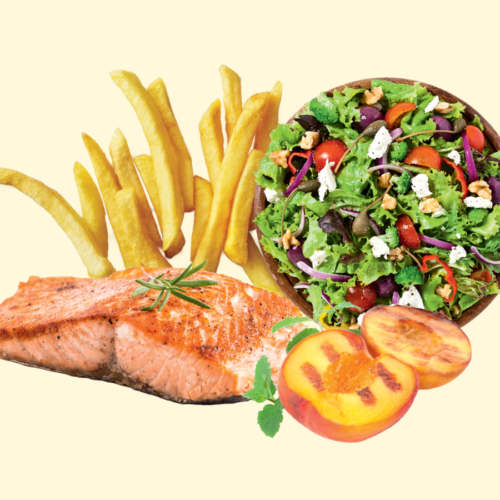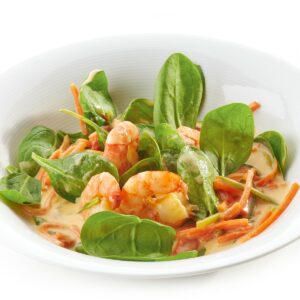
There’s more to sustainable food shopping than taking your reusable bags. From recycling labels to pre-shop planning, our practical tips will help make your supermarket trip kinder on our planet.
If you had to name one thing that contributes most to your ecological footprint, you might say the energy you use at home, or your car’s emissions. But it’s the food we eat that accounts for up to 60 per cent of our personal demand on the planet.
Knowing that, it makes sense to want to make your grocery shops more planet friendly. So along with being vigilant about taking those reusable grocery bags, here’s what else you can do …
The five key principles
1 Take reusable produce bags
Using reusable carry bags to get your groceries home is a great first step, but if you get some reusable produce bags (and remember to use them) you’ll cut your consumption of single-use plastic bags even further.
2 Avoid unnecessary packaging
Buy loose fruit and vegetables instead of pre-packaged produce, avoid products that contain multiple single-serve packages or double packaging (like cereal in a box and a bag) and consider switching from tea bags and coffee pods to tea leaves and ground coffee. You can also refill your own containers from bulk bins in some stores.
3 Plan more plant-based meals
A report from the UN’s Intergovernmental Panel on Climate Change said that action on climate change needed to include less resource-intensive diets, such as low or no meat. Go meat free one day a week and in a year you’ll save 790 bathtubs of water, nearly three tennis courts’ worth of forest and the equivalent greenhouse gas emissions as driving from Melbourne to Canberra. For more info visit meatfreemondays.com
4 Buy seasonal and local
This not only supports local farmers and food producers, it also avoids buying goods that have travelled long distances to reach your plate. As well as opting for Australian- or NZ-made (depending on where you live) or grown at the supermarket, you can also buy direct from the source at farmers’ markets.
5 Go organic when you can
In addition to the benefit organic farming has to insect biodiversity, it’s also considered more sustainable and better for the environment. When buying organic, look for products that are officially certified. Choosing free-range or Marine Stewardship Council-certified products also encourages environment- and animal-friendly food production.

Be picky about packaging
Sidestepping food packaging completely isn’t realistic so as well as avoiding unnecessary packaging, to help minimise its impact you can also…
Look for the Australasian Recycling Label (ARL)
An on-pack labelling scheme designed to make recycling packaging simpler, the ARL could be displayed on 80 per cent of supermarket products by the end of this year. Visit arl.org.au to learn what to look for so you can pick packaging
that’s truly recyclable.
Embrace the brands that are making changes
For example, bread brands that have replaced plastic tags with recycled and recyclable cardboard ones, or a condiment brand that’s rethought its bottle design to use less plastic.
Choose packaging that contains a recycled element
This supports a circular economy for recyclable materials by creating a demand for the packaging we place in our recycling bins. Look for brands that make precise claims (like guaranteed minimums of recycled content) to avoid greenwashing. For example, a claim like ‘Up to 30 per cent recycled plastic’ doesn’t actually guarantee any recycled content.
Know the difference between biodegradable and compostable
Under the right conditions, 90 per cent of compostable packaging degrades in 180 days. But biodegradable materials, which are mainly used in plastics, often take a much longer time to break down and can leave behind microplastics — waste that’s harmful to marine life.
Shrink your food waste
We throw away more than 30 per cent of the food we buy – that’s about 345kg per household, or the same weight as three average-size fridges! That’s not just a waste of resources and money, if it goes to landfill and starts to decompose it produces methane, a greenhouse gas 25 times more potent than carbon dioxide. That’s good reason to:
Love your leftovers
More than a quarter of the food that hits our bins is leftovers, partly because we cook too much food and partly because when we do, we don’t know how to use up up. Visit foodwise.com.au for inspiration.
Compost at home
If your local council doesn’t accept food scraps in its green bins, composting can halve the garbage you send to landfill. Plus, food waste produces significantly less methane in compost. Learn how at foodwise.com.au.
For more advice on sustainability, we recommend: 20 ways to fight food waste and save money or Sustainable living: How to be water-wise
Article sources and references
- Australian Government. Department of Climate Change, Energy, the Environment and Water. Reducing waste.https://www.energy.gov.au/households/reducing-waste
- CHOICE. (2016). Green marketing.https://www.choice.com.au/shopping/packaging-labelling-and-advertising/labelling/articles/green-claims-on-supermarket-labels
- Climate Council. From farm to plate to the atmosphere: Food-related emissions.https://www.climatecouncil.org.au/from-farm-to-plate-to-the-atmosphere-reducing-your-food-related-emissions/
- Climate Home News. (2018). 37 things you need to know about 1.5°C global warming.https://climatechangenews.com/2018/10/08/37-things-need-know-1-5c-global-warming/
- Foodwise. Facts on food waste.https://www.foodwise.com.au/foodwaste/food-waste-fast-facts/
- Goodman Fielder. Package sustainably.https://goodmanfielder.com/sustainability/better-planet/package-sustainably/
- Meat Free Mondays. Impact Calculator.https://meatfreemondays.com/calculator/
- NSW Food Authority. Free range.https://www.foodauthority.nsw.gov.au/food-labelling/understanding-claims/free-range
- NSW Environment Protection Agency. Emissions impacts of landfilling food waste.
www.healthyfood.com



